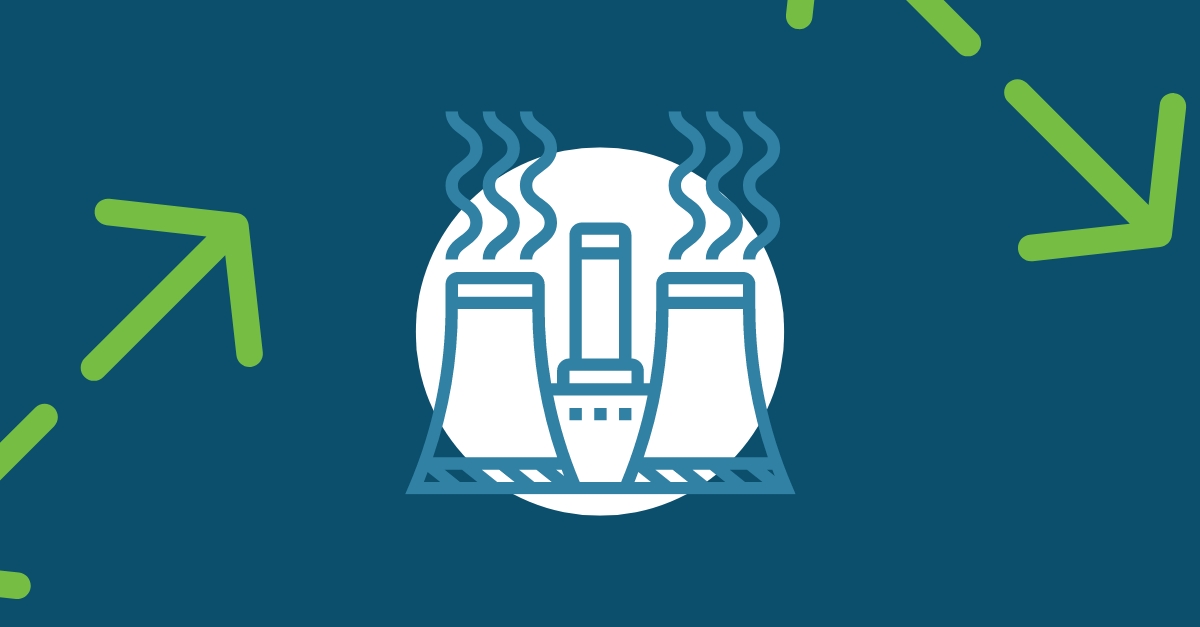Many of our clients are asking, “Why are energy prices bouncing around?”
From massive coal station closures and renewable energy project blowouts, to shifting climate conditions and ambitious infrastructure announcements, there is a complex set of drivers impacting Australia’s domestic energy prices day-to-day.
Below we review some of those key drivers affecting the National Energy Market (NEM) in 2023.
Drivers pushing prices UP
✔️ Ageing coal fleet and more frequent outages
Closure of one of the nation’s oldest coal stations, the Liddell Power Station, which provided 20% of the state’s generation, has put pressure on the state’s energy balance. Meanwhile, ongoing repairs and a delayed reopening of Queensland’s Callide Power Station has pushed up wholesale power prices.
✔️ Power station scheduled closures (*unless government intervenes)
2025 – Eraring* (NSW) – 25% of the state’s generation
2028 – Yallourn* (VIC) – 22% of the state’s generation
2028 – Callide B* (QLD) – 7% of the state’s generation
“The closure of Liddell Power Station was the first major test on NSW’s power supply, the full extent of its impact on energy prices is yet to be seen. Whilst AMEO has not flagged a reliability gap as a result of the closure, it looks as though we may see a tight supply and demand balance heading into winter. - Nick Johnson, Head of Account Management
✔️ Insufficient firming solutions
The retirement of the coal fleet means additional generation is required from renewables. Solar and wind need to be firmed through storage such as batteries to accommodate real-time demand. Though there are many projects in the pipeline, they frequently run over budget and beyond their scheduled deadlines. Snowy Hydro 2.0, for example, was first announced in 2017 and scheduled to be producing its first power in 2021. Continuous delays have pushed back estimates, with the latest timeline suggesting it could take until late 2029 for the site to be fully operational.
✔️ Forecasted reliability gaps (insufficient supply to meet demand)
The Australian Energy Market Operator (AEMO) has forecast reliability gaps for South Australia in Q1, 2024, and New South Wales in Q3, 2025 to Q1, 2026.
✔️ Technical challenges for the grid with the addition of large amounts of renewables
✔️ Global supply-chain concerns across several commodities including oil, gas, and coal
Russia’s invasion of Ukraine has resulted in sanctions and stress on global supply-chains, forcing European and other countries to seek gas imports elsewhere and putting pressure on commodity markets.
✔️ Weather conditions such as El Niño
The Bureau of Meteorology has recently declared an El Niño alert, which means there is a high chance of adverse weather developing this spring and summer across the eastern half of Australia. El Niño is linked with warmer temperatures, reduced rainfall, increased demand for cooling, and potential for extreme weather such as drought, bushfire and frost risk causing disruption to energy infrastructure.
Drivers pushing prices DOWN
✔️ Government Intervention
- Temporary price caps implemented for 2023: Coal = $125/tonne, Gas = $12/GJ.
- Gas code of conduct: Load shaping, making more supply available at times of high demand; ACCC-enforced penalties imposed on generators and retailers for not adhering to ‘reasonable price’ provisions and contracts; Potential government ability to withhold LNG supply from the international market for domestic use.
- Temporary electricity market suspension: 15 June 2022.
✔️ Grid stability
Milder weather patterns.
✔️ Government Renewable Energy Plan
The NSW’s recently announced Network Infrastructure Strategy proposes a 20-year strategy to bring new generation and storage capacity online across NSW’s five Renewable Energy Zones (REZs), easing some of the state’s energy pressures.
✔️ Fuel inputs becoming cheaper
As situation in Europe improves, there will be less pressure on global commodity markets.
Tracking the NEM is critical when it comes to renewing your next energy contract.
Chat to our team of experts if your business wants help controlling your energy costs by filling out our contact form or calling us on (02) 9371 4153.
*Disclaimer: This article is general information only and does not constitute financial advice. Electricity and gas commodities are volatile markets and prices vary daily.

